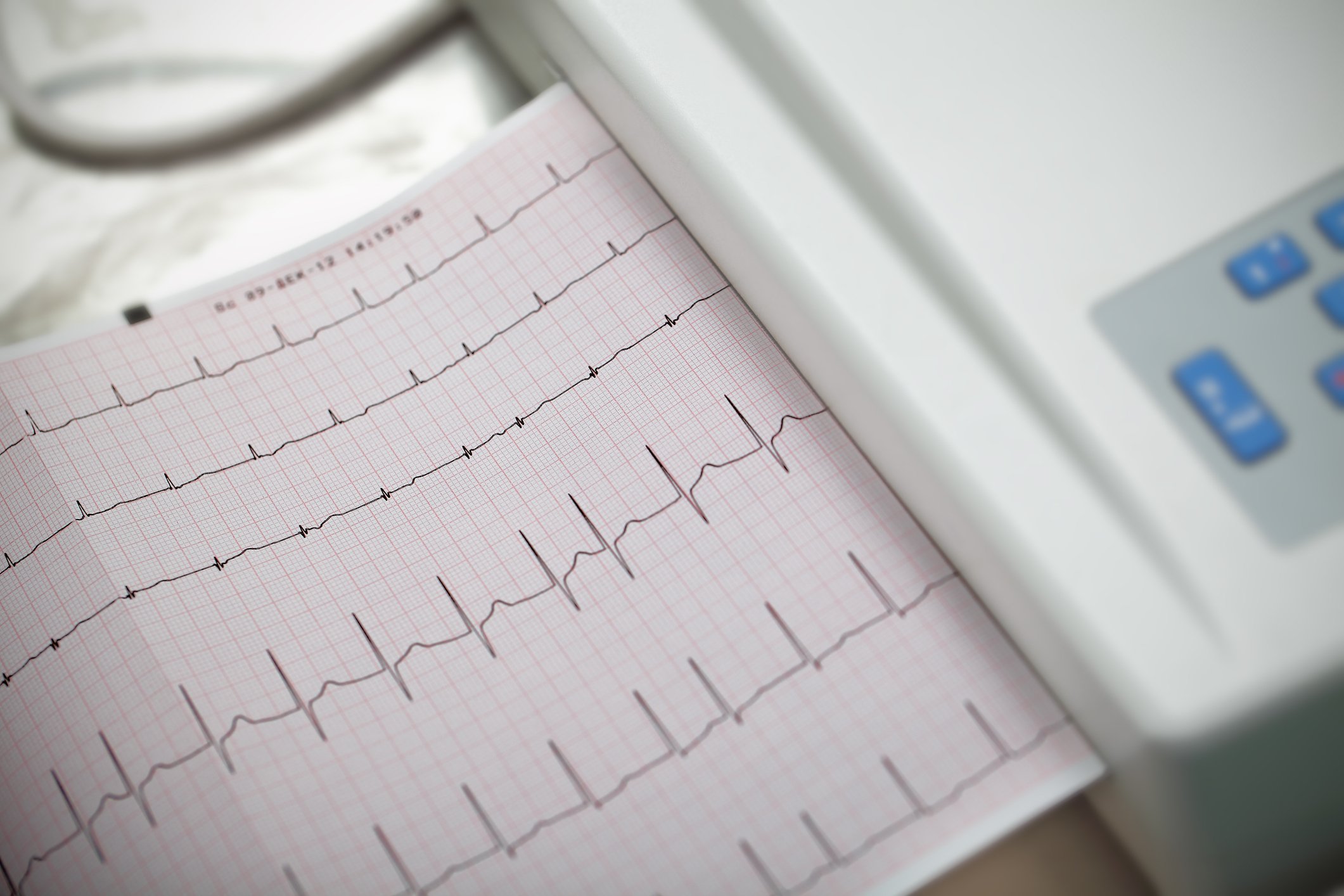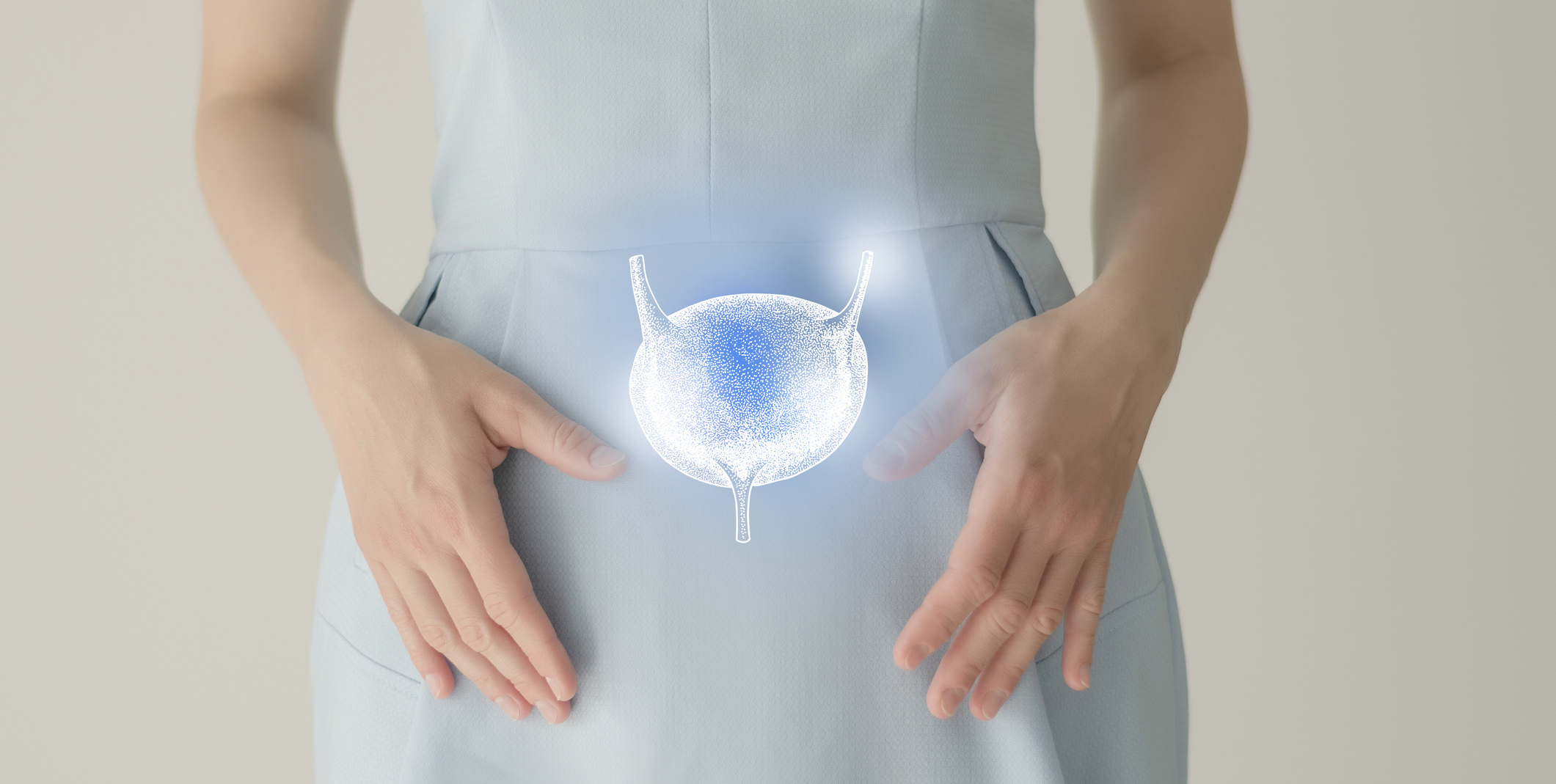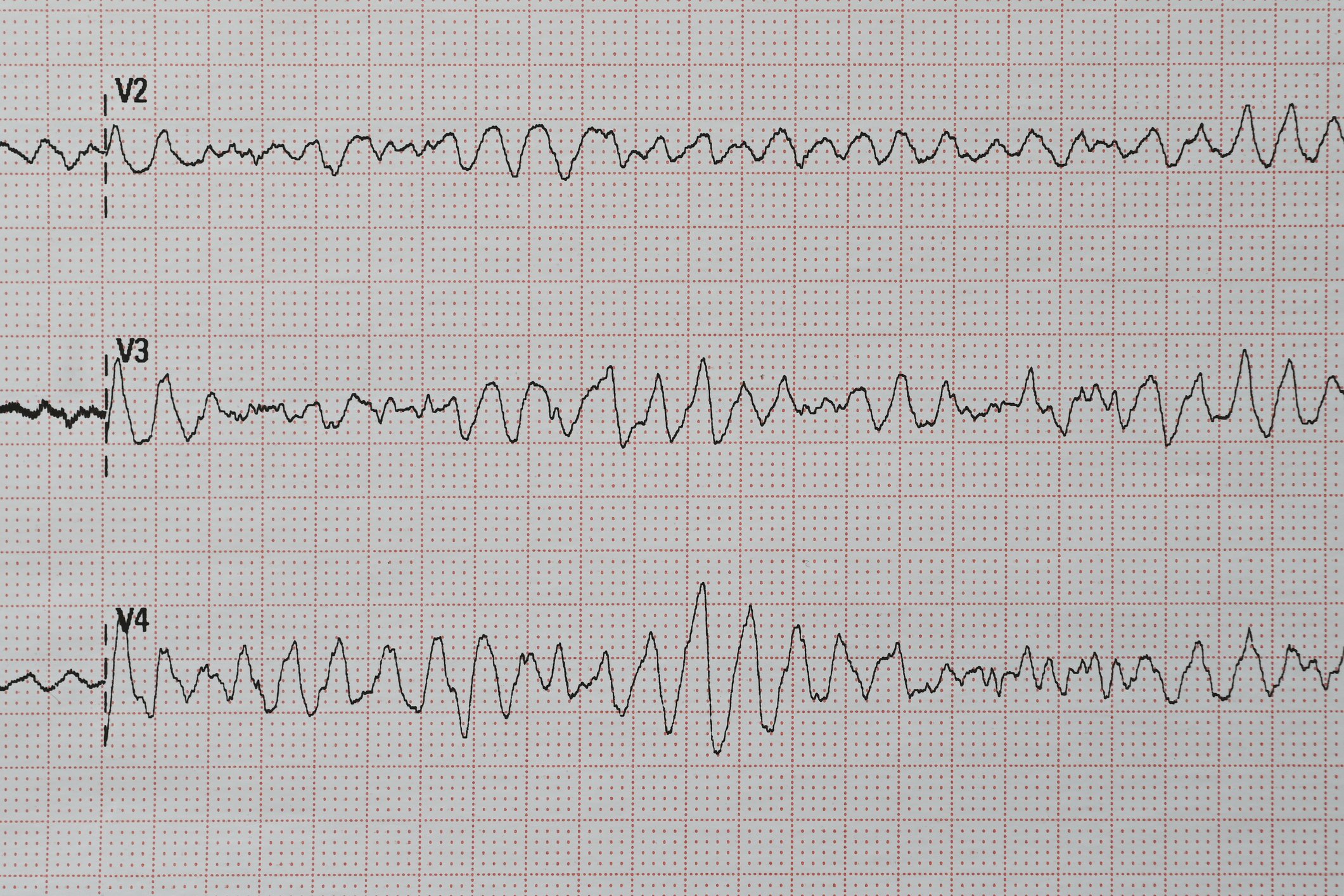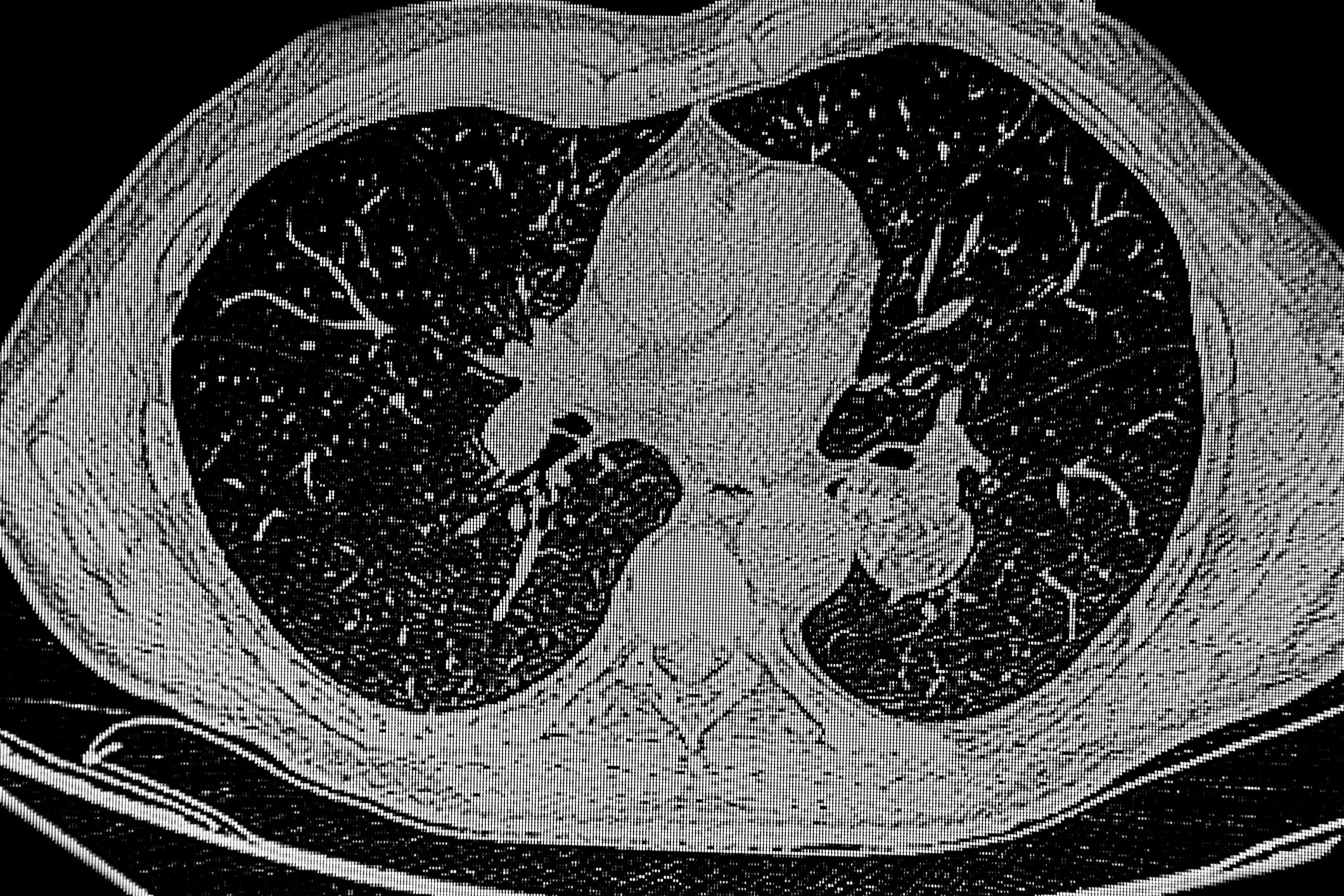In the treatment of atrial fibrillation (AF), catheter ablation has developed from a specialized option to the mainstay of a modern rhythm strategy within a decade. In 2025, two developments are shaping the debate: on the one hand, the updated guidelines increasingly anchor ablation as a first-line therapy – for suitable indications – and on the other hand, pulsed-field ablation (PFA) is technically and conceptually challenging the previously dominant thermal procedures – in particular radiofrequency ablation (RF) using the high-power short-duration (HPSD) technique. Randomized studies, registries and safety analyses provide a differentiated picture: PFA is not inferior to conventional thermal ablation in paroxysmal AF, shows procedural advantages and a special safety profile, but brings with it new, characteristic side effects. RF ablation, for its part, has achieved significant efficiency and safety gains with HPSD and optimized workflow standards.
Autoren
- Tanja Schliebe
Publikation
- CARDIOVASC
Related Topics
You May Also Like
- CKD: counteracting kidney progression and reducing the risk of CVD
Targeted intervention through a multifactorial approach
- COPD therapy
Drug therapy – Update 2025
- Atrial fibrillation: interdisciplinary effort is crucial
Managing risk factors and comorbidities in addition to rhythm control
- Casuistry
Hernia turns out to be a 25 cm long Meckel’s diverticulum
- Side effects under opioid therapy
Is it possible to avoid the inevitable?
- Diagnostics of respiratory viral infections
What is tested when and on whom?
- From symptom to diagnosis
Dyspnea – pulmonary hamartomas
- Phobia











